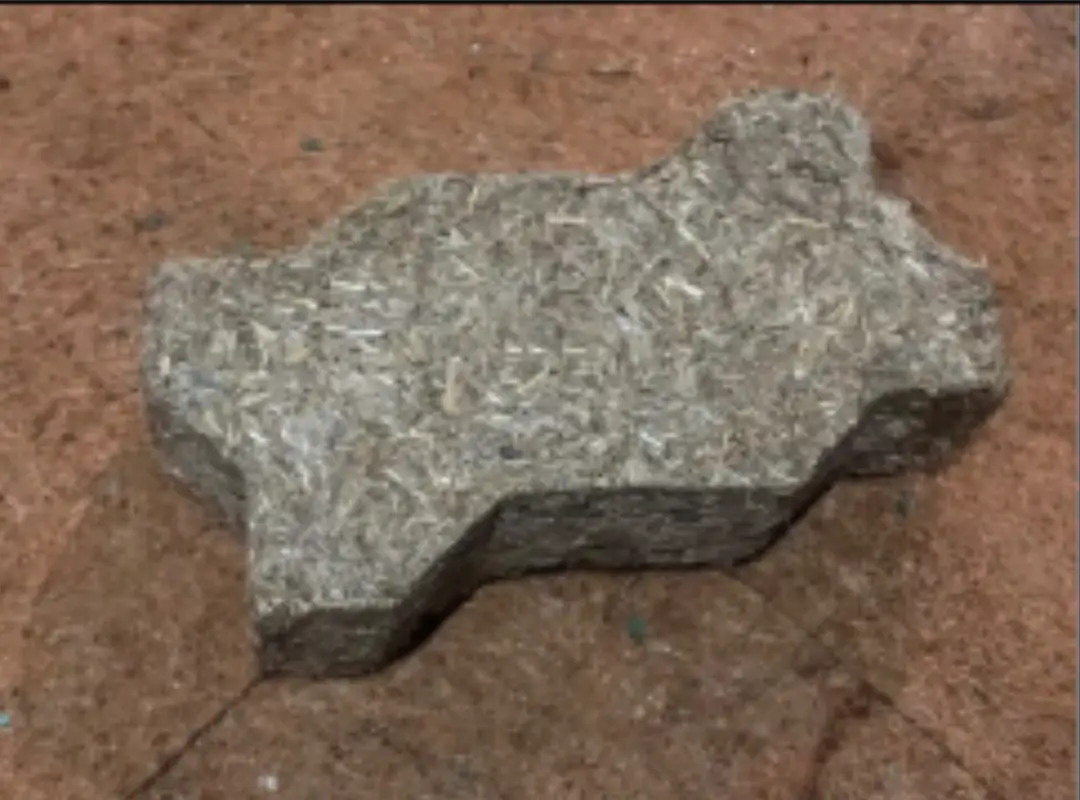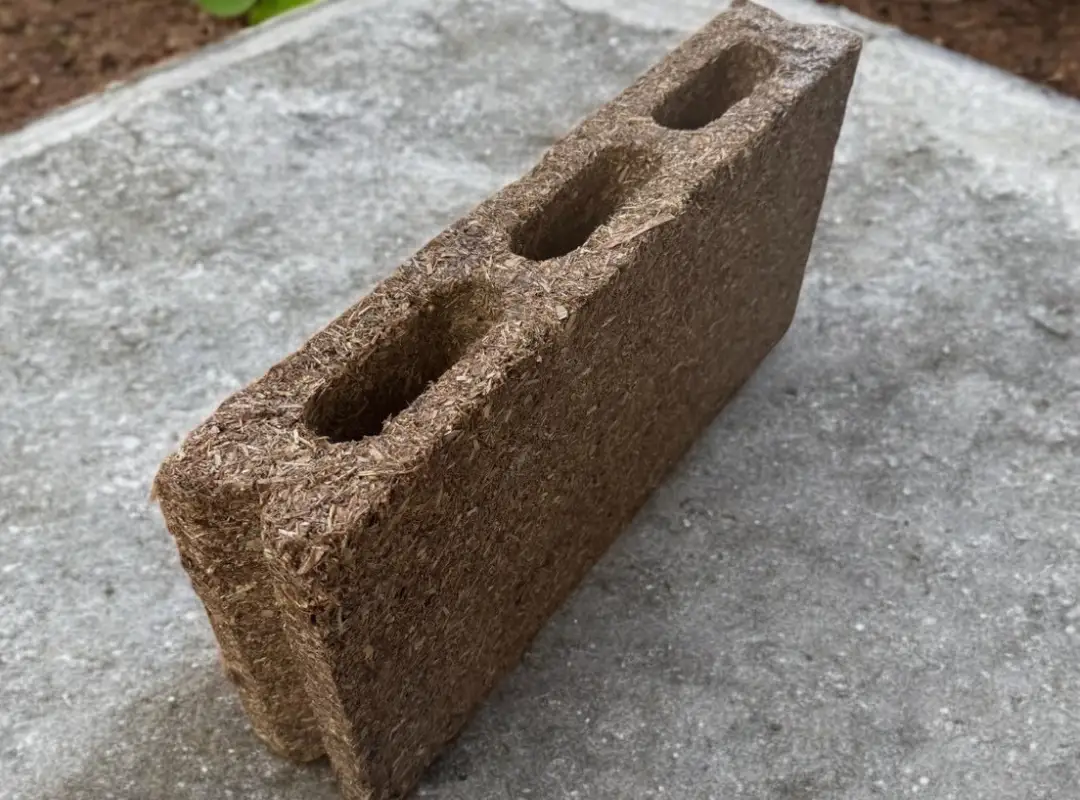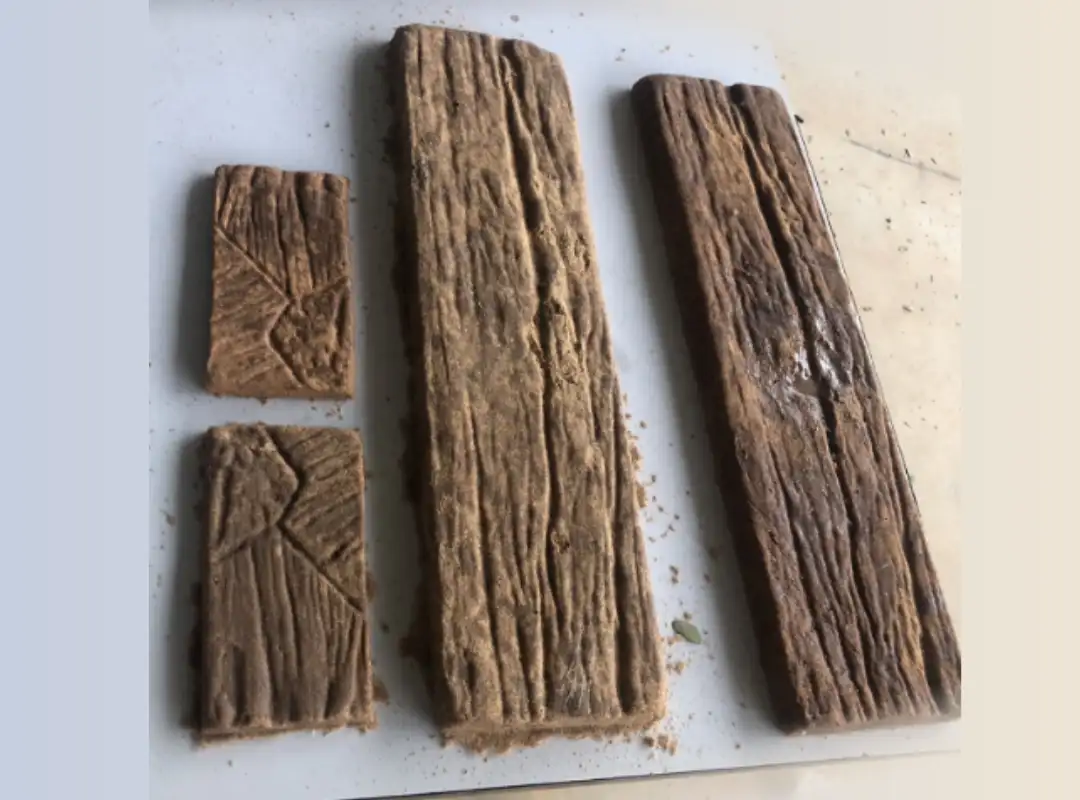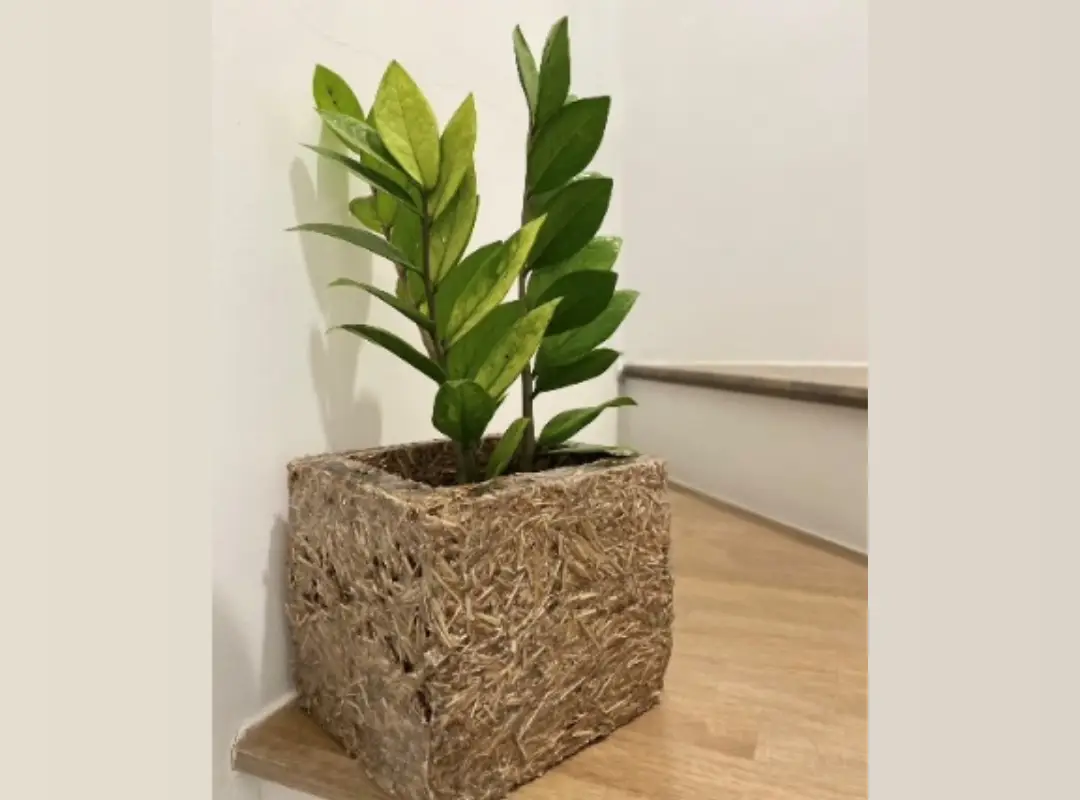VoidWood | The future of structural materials—strong, safe, and made without cutting a single tree.
Technology Overview
VoidWood™ is a new bio-based structural composite developed to replace traditional wood and construction materials. It is made from agricultural waste or industrial by-products—such as straw, coconut husk, grass, rice husk, or biochar—combined with DRT-CoreBond™, a proprietary nano-binding solution developed by Doctor T. Through a specialized process involving compression and curing, these components are transformed into a lightweight, high-strength, and safe material, ready to be used in place of wood or cement in various construction applications.
Key Features
- Local weeds (e.g., vetiver, Imperata grass)
- Agricultural residues (e.g., straw, rice husk, coconut fiber)
- Biomass powder (e.g., biochar, wood pulp, paper pulp)
- Non-edible and non-compostable organic
- DRT-CoreBond™ – molecular-level binder (no cement required)
Production Process
- Prepare raw materials – cleaning, drying, and grinding to appropriate size
- Mix with DRT-CoreBond™ – using a custom ratio tailored to each input type
- Form and compress – using molds or on-site forming tools
- Cure or air-dry – until fully solidified; no burning or cement mixing needed
Key Advantages
- No real wood used – zero tree-cutting required
- Utilizes local or discarded biomass: grass, straw, or plant residues
- Termite-resistant, mold-resistant, and non-flammable
- High compressive strength (MPa-tested)
- Lightweight yet durable – far stronger than typical bio-materials
- Flexible shaping – panels, frames, or custom parts
- Natural raw finish or customizable textures available
- Reduces cement and metal usage
- Non-toxic, VOC-free, lab-certified for safety
- Long-term biodegradability or recyclability into new VoidWood™—enabling a true circular economy
Applications
- Panels and frames in modular homes / temporary shelters
- Interior walls, ceilings, and decorative beams
- Outdoor furniture or pallet structures
- Ideal for wood-scarce or high-cost wood regions
Scalability & Impact Potential
- Reduces natural deforestation while preserving wood-like strength
- Supports circular economy and biomass-burning reduction
- Enables local material production in remote communities—no central shipping needed
- Fosters local craftsmanship with real structural integrity, not just decorative use
Product prototypes made from various materials

Worm bricks made from grass and weeds

Brick blocks from grass and weeds Weight about 2-3 kilograms

Artificial wood looks like real wood and is made from grass, weeds, paper or other waste.

